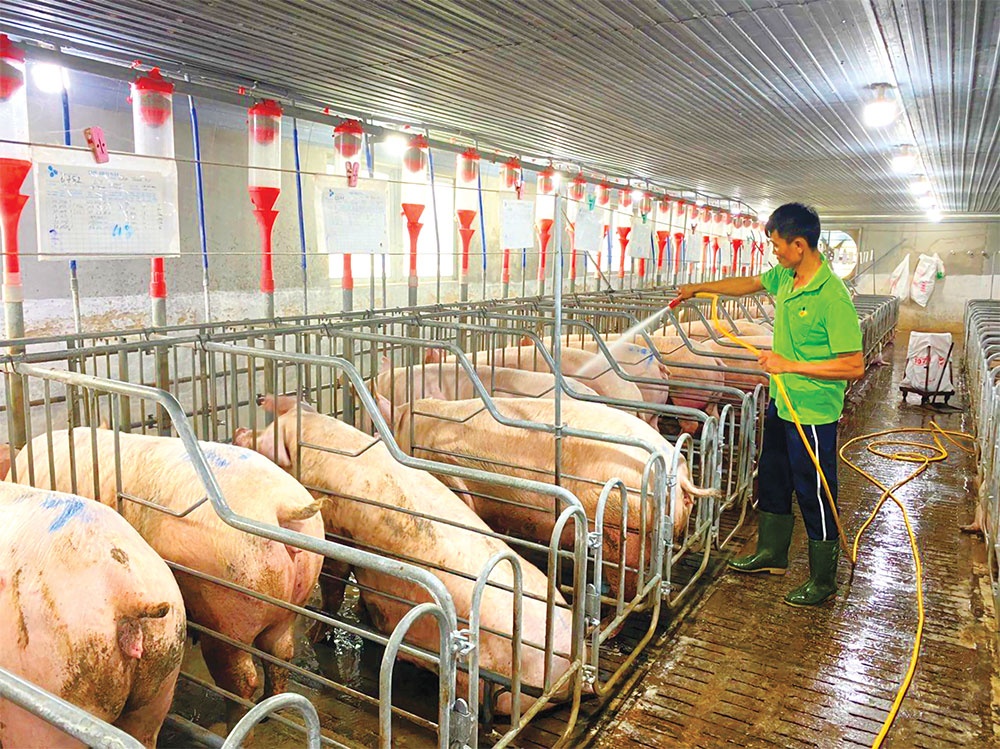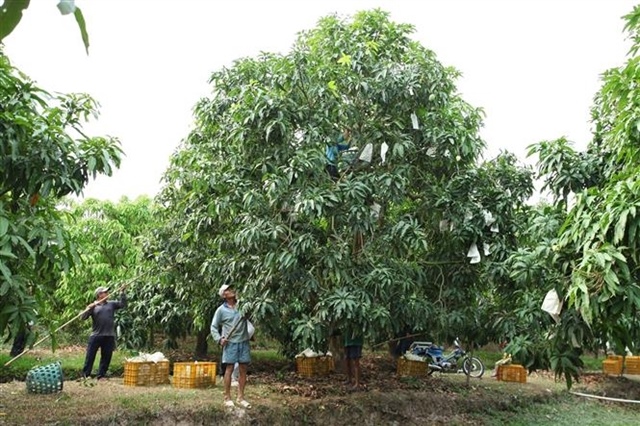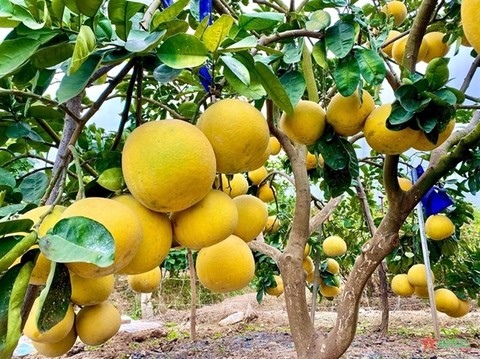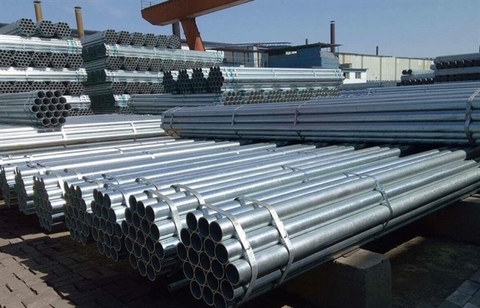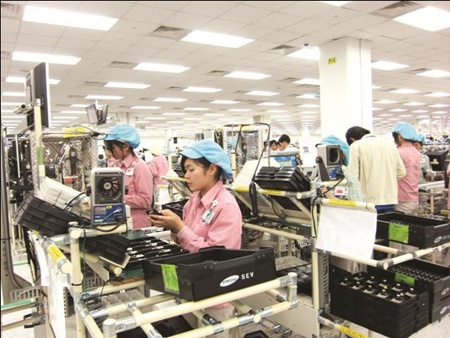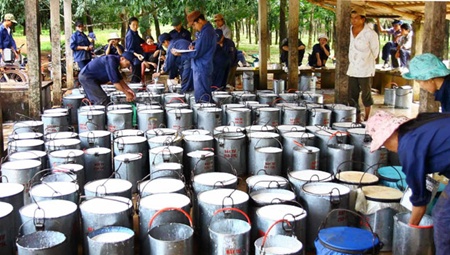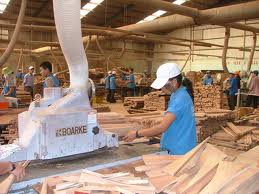“Four-no” milk powder imported at dirt cheap prices
“Four-no” milk powder imported at dirt cheap prices
Insiders call the product “four-no” milk, referring to its lack of label, nutrition content, manufacturer information, and certificate of quality.
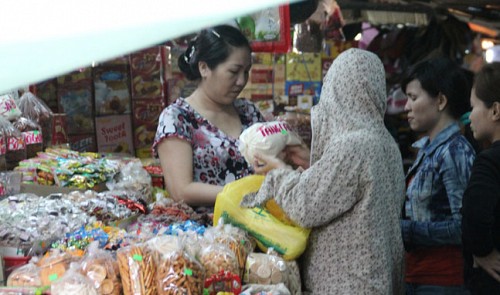
This milk powder is of dubious origin and quality, sold in unlabeled 1-kilogram plastic bags. Traders can sell it at much lower prices than regular milk because the powder is imported for next to nothing.
The CEO of a milk powder importer and distributor based in Ho Chi Minh City said it is likely that the product in question is actually full cream milk powder, regularly sold to dairy makers to use as raw material for their milk production.
Independent vendors mix the powder with sugar to increase its sweetness and make children gain weight quickly, duping consumers into believing that the milk is nutritious, he said.
The product is easily accessible; it is easy for any company to import the milk powder even if they do not make dairy products.
It is imported in 25-kg batches from Germany, Australia, New Zealand, South Korea, China, and the US.
The sources with the lowest prices are China and South Korea as the import duty is only 3 percent.
The full cost, including taxes and transports, to import full cream milk powder from South Korea is only VND25,000 a kg, according to the HCMC Customs Department.
In January and February, a business imported a total of 64 tons of milk powder at this price, the department said.
Imports from Germany and the US cost a little more, from VND65,000 to VND75,000 per kg.
Currently, authorities do not care what the importers do with the product after import.
The CEO said that by buying this dubious milk powder, parents are risking their children’s health.
“A milk product with too much fat and sugar that can help kids gain weight quickly is not necessarily a good product,” he warned.
As children’s digestion systems are not yet fully developed, they should be fed real milk, he added.
He advised that no matter how cheap the milk is, parents should not buy it for their kids.
tuoitre news



